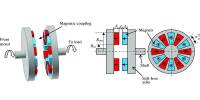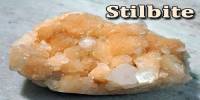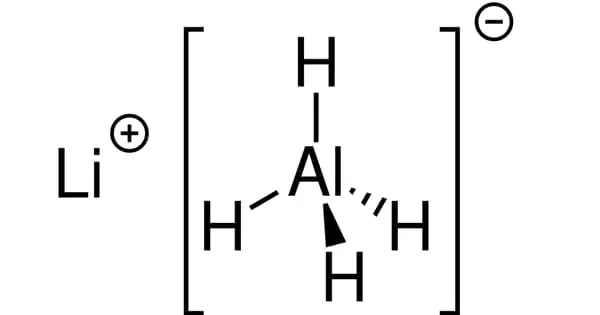Researchers at the Institute for Quantum Computing (IQC) have developed a device that produces twisted neutrons with clearly specified orbital angular momentum for the first time in experimental history.
This ground-breaking scientific achievement, which was previously thought to be impossible, offers a brand-new way for researchers to investigate the growth of next-generation quantum materials, with applications ranging from quantum computing to discovering and resolving novel problems in fundamental physics.
“Neutrons are a powerful probe for the characterization of emerging quantum materials because they have several unique features,” said Dr. Dusan Sarenac, research associate with IQC and technical lead, Transformative Quantum Technologies at the University of Waterloo. “They have nanometer-sized wavelengths, electrical neutrality, and a relatively large mass. These features mean neutrons can pass through materials that X-rays and light cannot.”
A device design using neutrons has never before been successfully proven, despite techniques for the experimental synthesis and study of orbital angular momentum in photons and electrons being extensively researched. Neutrons have unique properties, therefore the researchers had to build new tools and develop fresh approaches to working with them.
Neutrons are a powerful probe for the characterization of emerging quantum materials because they have several unique features. They have nanometer-sized wavelengths, electrical neutrality, and a relatively large mass. These features mean neutrons can pass through materials that X-rays and light cannot.
Dr. Dusan Sarenac
IQC and Department of Physics and Astronomy faculty member Dr. Dmitry Pushin and his group built small silicon grating structures that resembled forks for use in their studies. These gadgets are so tiny that more than six million fork dislocation phase-gratings can be found in a space that is only 0.5 cm by 0.5 cm.
The solitary neutrons in the beam start to wind in a corkscrew pattern as they move through this gadget. A specialized neutron camera was used to record the neutrons’ picture after they had traveled 19 meters. Every neutron had grown into a 10 cm wide donut-shaped trace, the crew noticed.
The group’s grating devices produced neutron beams with quantized orbital angular momentum, the first experimental success of its sort, as indicated by the donut pattern of the transmitted neutrons, which suggests that they had been put in a specific helical state.
“Neutrons have been popular in the experimental verification of fundamental physics, using the three easily accessible degrees of freedom: spin, path and energy,” Pushin said.
“In these experiments, our group has enabled the use of orbital angular momentum in neutron beams, which will essentially provide an additional quantized degree of freedom. In doing so, we are developing a toolbox to characterize and examine complicated materials needed for the next generation of quantum devices such as quantum simulators and quantum computers.”
Recent publication in the journal Science Advances of the paper Experimental realization of neutron helical waves by Sarenac, Pushin, and associates from the University of Waterloo, the National Institute of Standards and Technology, and the Oak Ridge National Laboratory.
The research was funded through TQT, which is a Canada First Research Excellence Fund Initiative. Experimental devices were created in the Quantum Nano Fabrication and Characterization Facility at the University of Waterloo.
















